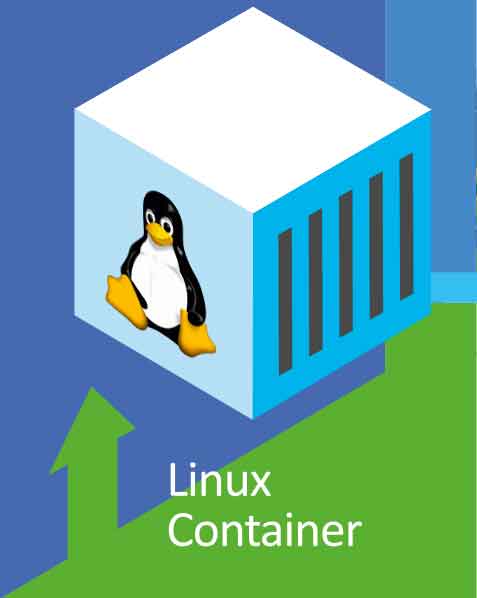
Container
An open door to third-party onboard software
Container solution, how does it works?
- A Linux container is a lightweight virtualization technology that enables running multiple isolated applications or services on a single Linux host.
- Containers use the kernel of the host operating system and share resources such as the CPU, memory, and disk storage.
- Containers provide a portable and consistent environment for running custom applications.
Container is an add-on conceived to support third-party applications.
- System Integrator’s proprietary applications can be deployed in the camera in a separate environment, ensuring incredible customizability to Tattile cameras.
- Support of user-defined additional applications, libraries, web interface, encryption methods. It enables lightweight and fast deployment on the camera
- The user application has access to defined camera resources such as local storage, persistent configuration, network, camera processing results
- The System Integrator has complete control on processing results, data management, with user-defined communication protocols and storage policies
- Thanks to Container, customers can reduce bandwidth requirements by implementing user post-processing on-edge
- Using Container, the System Integrator configures the backup, and replication on other cameras, via a build-in camera web interface
- Container needs an additional SSD to be installed inside Tattile camera
- Container is non-suitable for intensive operations (image analysis, image manipulation, …) or direct access to camera resources (sensors and peripherals)

Applications:
- Limited traffic zone customized list management, rules, customized back-office interfacing
- Interfacing with local devices (triggering systems, classification devices,…)
- Customized local security and privacy policies